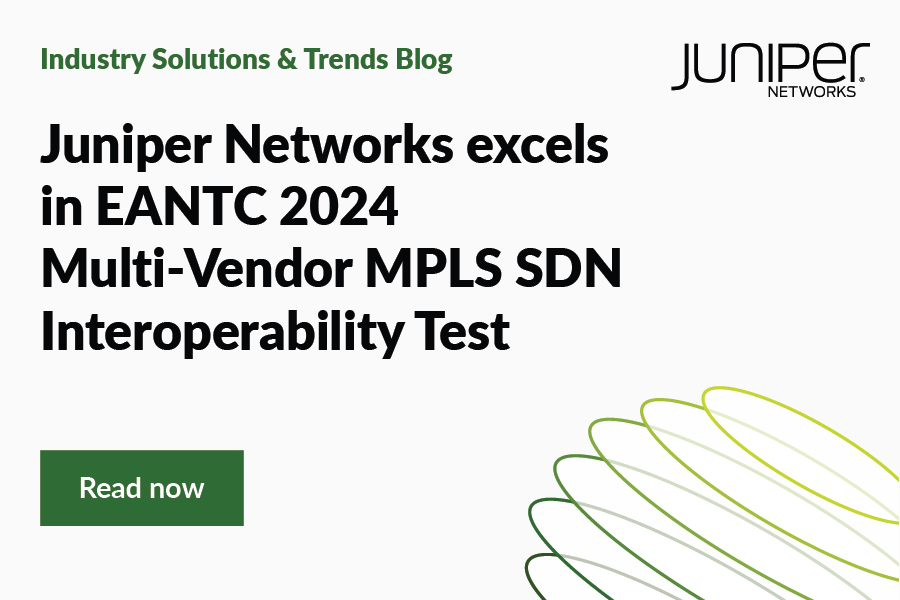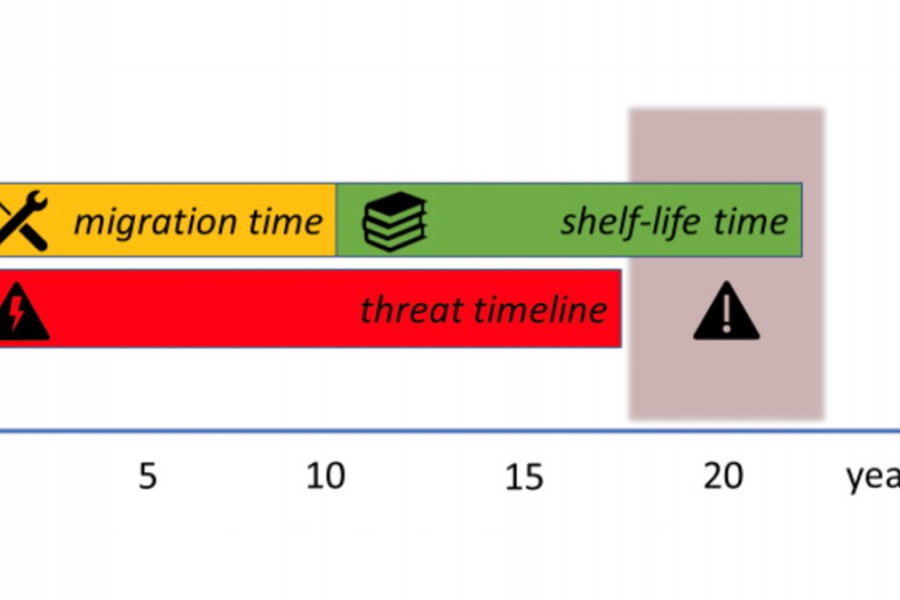How often would you like to perform disruptive forklift upgrades of your deployed edge routers? Every two years? Every three? If you answered, “That’s crazy, how about never,” then you share the sentiments of pretty much every large network operator. But you wouldn’t know it from the way some vendors handle their product evolution.
As an example, one of our competitors has overhauled its edge platform architecture four times since it launched in 2008 (before recently announcing the product line will be discontinued, bringing the grand total to five). So, if you chose that router at launch, that’s five times you’ve received end-of-life (EOL) notices that your platforms have no future. Five times you’ve bought new gear. Five times you’ve performed high-risk field upgrades, where even minor errors could knock out your network.
Why would a vendor put its customers through that complexity and risk just to sell more boxes? At Juniper Networks, we’re more interested in partnering with customers for the long haul. We know how disruptive overhauls and EOLs can be, so we’ve built our entire silicon and platform strategy around sustainable continuity, reuse, and longevity. It’s why Juniper MX and ACX families provide double the lifespan of competing routers—with consistently better performance, port density, and power efficiency. If you think that sounds like a better deal, keep reading.
Appetite for disruption
Upgrades are inevitable. That is, after all, how operators add capabilities and move their networks from 100G to 400G to 800G and beyond. There are also often major economic benefits to adopting newer-generation silicon, which typically packs better performance and power efficiency in a smaller footprint. But how a vendor handles those upgrades is what really matters.
We mentioned above that competitive router family that’s seen four, going on five, disruptive overhauls since 2008. In this case, the vendor didn’t just adopt the latest version of the previous silicon, they switched to a totally different chipset. This led to them having to repeatedly announce EOL for previous models every time.
Each of those transitions represented a massive headache for customers who’d invested in those routers, because the newer line cards couldn’t interoperate with the older line cards in the installed chassis. This left customers with two choices: they could rip and replace deployed hardware, or they could attempt field upgrades—effectively disassembling and rebuilding routers with new components on the fly. Either way, customers faced:
- Huge disruptions: A single service provider edge platform might serve 10,000 customers, and the service intelligence programmed into it can get quite complex. Yet operators had to reprogram every new card, in every chassis, each time they upgraded. They couldn’t even reuse existing scripts to automate that effort, as changes from one generation to the next would cause them to break.
- Increased risk: Performing field upgrades is an incredibly delicate procedure, with ample opportunities to break or contaminate sensitive components. Even those choosing forklift upgrades must still worry about configuration errors and re-cabling, which is very error prone.
- High costs: Upgrading platforms at scale requires a huge capital outlay. And the OpEx needed to deploy, reprogram, reconfigure, and test all that new gear is also substantial—especially when you do it more often than planned.
For this vendor, each round of overhauls was great for their short-term business model, as they were able to sell multiple iterations of new hardware. Their customers, however, were less enthused by the proposition. As a result, it’s not unusual to read on internet forums about operators complaining about getting burned, sometimes within months of purchase.
A better way to evolve your network
Contrast that experience with organizations using Juniper MX Series multiservice edge routers, which were introduced around the same time in 2006. The MX family also saw processor upgrades in that timeframe—six, actually, versus the competition’s four. But the way those upgrades played out for our customers was very different.
Organizations investing in Juniper MX have been able to continue using the same consistent architecture for the last 18 years while reaping all the benefits from every stage of innovation. They’ve been able to upgrade line cards to add capacity and capabilities, but they do it in a way that’s fully backwards compatible with installed hardware. Using Juniper’s solution, they just plug in new line cards, configure ports, and boom—better performance, port density, and power-efficiency from the same chassis, while preserving all existing features and operations.
How is this possible? Unlike the competition, Juniper MX routers have used the same Trio silicon with the same architecture and microcode, since launch. From its inception, we designed Trio as a highly programmable run-to-completion architecture. As we’ve evolved over the years from Trio 1 to latest-generation Trio 7, our customers have been able to migrate full functionality and operational continuity to each successive generation, improving performance and capabilities every step along the way.
We believe that continuity is enormously valuable. First, it means far less disruption when customers upgrade—they can simply swap out line cards while keeping everything else largely unchanged. The products are also more stable because each new generation largely reuses a proven codebase instead of something entirely new.
Most importantly, this continuity dramatically improves the lifespan and value of Juniper products. For example, customers upgrading MX chassis with our latest-generation line cards gain twice the throughput, higher port density, 74% lower power consumption per gigabit, and use almost 50% less CO2—all with the same footprint. It’s why Juniper MX and ACX routers typically have double the service life of competing solutions.
The Juniper difference
Juniper’s focus on long-term customer success, prioritizing operational continuity over short-term sales, is not a new phenomenon. It’s been a Juniper differentiator for years and a key reason we prefer to control our own silicon roadmap for certain product families. But we believe our commitment to longevity will become even more important moving forward.
Whether in a service provider’s multiservice edge network, an enterprise’s data center interconnect, or any other large network, the coming years are sure to bring massive change. Innovations like artificial intelligence, 800G, and others we can’t even imagine yet will require new capabilities in new places, in ways no one can predict. Wouldn’t it be nice to know that you can address whatever challenges arise while preserving your investments, without having to overhaul your operations? We think so too.
We also discuss this—among other topics—in this recent webinar.


